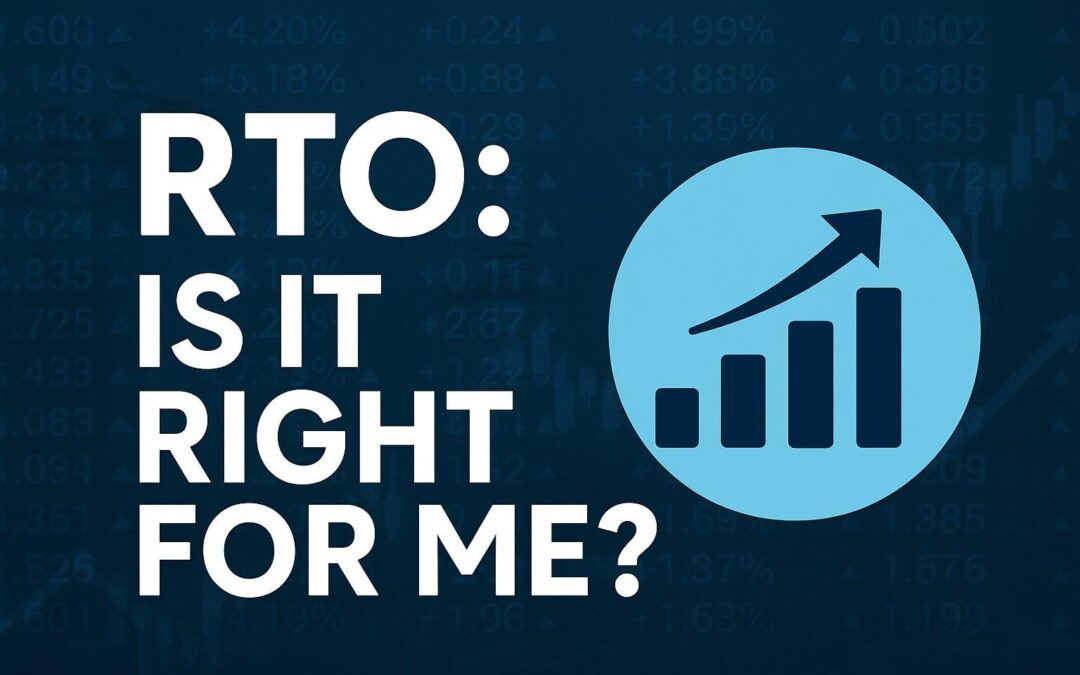Evaluating Reverse Takeovers as a Go-Public Pathway
Why This Matters
Reverse takeovers (RTOs) have become a go-to method for Canadian companies seeking to go public without the traditional rigour of an IPO. But just because an RTO is faster or seemingly more affordable doesn’t mean it’s the right fit for every business. The structure, risks, and long-term implications of an RTO require careful evaluation.
This is especially true for early-stage, pre-revenue, or venture-backed companies looking to accelerate their capital access. Before committing to a reverse takeover, founders should understand what they’re trading off—and whether that trade-off aligns with their strategic goals.
What Is an RTO?
An RTO is a transaction in which a private company acquires or merges with a public company—typically a dormant shell—allowing the private company to become publicly traded without filing a full prospectus.
While the private company becomes the “operating” entity, the public shell provides the exchange listing and reporting issuer status. The result is a listed company that can raise capital, access liquidity, and gain public-market visibility.
Why Companies Choose RTOs
- Speed: Compared to an IPO, RTOs can often be completed in 3–6 months, depending on readiness
- Lower upfront costs: No prospectus filing required in many cases (unless a financing is involved)
- Market access: Ability to raise capital through a concurrent private placement
- Listing without underwriters: No need for a dealer syndicate or public marketing effort
- Control: Private company typically emerges with 80%+ of the post-RTO equity and full management control
What Founders Often Overlook
Despite the advantages, RTOs are not risk-free. Founders frequently underestimate the complexity and post-deal challenges:
- Shell quality matters: Legacy liabilities, messy cap tables, or regulatory baggage can delay or damage the deal
- Market perception: RTOs may be viewed as lower-tier listings unless backed by credible capital and leadership
- Exchange review: The TSXV and Cboe Canada still apply strict standards, including review of financials, valuation, and investor structure
- Governance headaches: Legacy directors or shell shareholders may retain board seats or influence
- Liquidity assumptions: Listing does not guarantee a liquid trading market or institutional interest
When an RTO Makes Sense
An RTO may be the right path if:
- You have a clear capital plan and committed investors
- Your financials are audit-ready and meet exchange requirements
- You’ve identified a clean, reputable shell or CPC
- Your team can handle the disclosure, governance, and reporting requirements post-listing
- You need to complete a financing or acquisition quickly
In these cases, the RTO can provide an efficient, well-regulated entry point into public markets—especially if managed proactively.
When to Consider Other Paths
RTOs may not be suitable if:
- Your company is pre-revenue with unclear business traction
- You lack the internal resources to manage a public issuer
- The proposed shell has unresolved legal or financial complications
- You’re not prepared to meet TSXV, CSE, or Cboe Canada listing standards
- You’re relying on the RTO as a substitute for financing, rather than a tool to accelerate it
Closing Thought
An RTO is a tool—not a shortcut. In the right hands, it can unlock capital and growth. But without the right structure, diligence, and post-transaction strategy, it can introduce more friction than funding. Know your starting point—and where you want to end up—before choosing the path.
For more perspective on whether a reverse takeover suits your go-public strategy, contact us.

